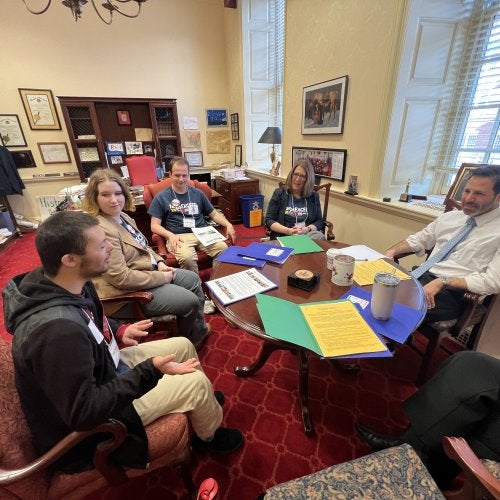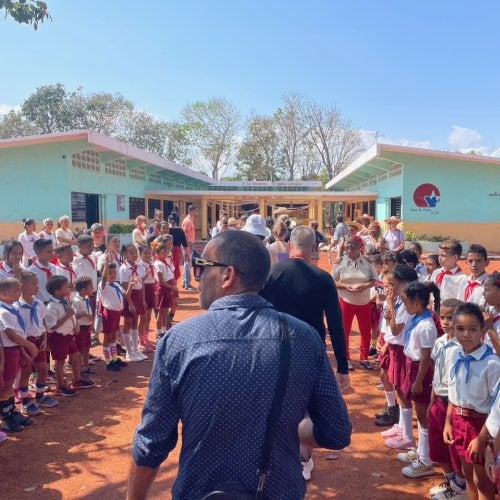
UMD College of Education, Morgan State University, and College Park Academy Connect and Support PK-12 Teachers Statewide
IN 2020, with the coronavirus pandemic plunging schools nationwide into teaching remotely, teachers and school systems needed support and guidance on how to best reach PK-12 students through online and hybrid instruction. Enter the Maryland Governor’s Emergency Education Relief Fund (GEER), funded through the federal CARES Act, which provided a $619,722 grant for the University of Maryland College of Education to share emerging best practices developed through the Innovative Virtual Teaching Network (IVTN).
“We wanted to contribute resources to our local school partners around this challenge to transform classrooms from in-person to virtual and hybrid teaching models. We wanted to create a place to share what was working and learn together,” said Jean Snell, the Associate Director at COE’s Center for Educational Innovation and Improvement (CEii), who co-directed the project.
Led by CEii, in partnership with College Park Academy and Morgan State University, the two-year project has two main phases. In January 2021, the Innovative Virtual Learning Network launched a monthly series of virtual webinars with more than 400 participating teachers from 11 Maryland school districts, ranging from Western Maryland’s Appalachian region to the Eastern Shore. In the second phase, selected teacher leader representatives will create tailored interventions to engage educators in their individual districts over the 2021-22 school year.
The webinars were co-led by a UMD faculty member and College Park Academy, a pioneering local charter school that has provided online instruction to middle and high school students since its inception in 2013.
“College Park Academy was honored to partner with UMD to share best practice strategies and skills with Maryland educators,” said Sandy Abu Arja, executive director of College Park Academy. “The IVTN provided a venue for us to address burning issues that educators around the world are facing and pool our resources together to meet students’ needs. As I always say, ‘Together, we are stronger.’ The pandemic required us to dig deep, be resilient, pool our resources and rethink education in an innovative way.”
Covering topics like social and emotional learning and building positive relationships in virtual and blended classrooms, the webinars were recorded and housed through a UMD Canvas course site. As part of the non-credit course, teachers could access the webinars, resources, and—critically—a discussion board for teachers to learn from one another in real-time.
“Some of what we’ve learned over the past year, we want teachers to keep doing. Teacher leaders help districts think about how to keep innovating,” Dr. Snell said.
Online instruction created the potential for individual learning that school systems want to maintain. Some teachers cited the ability to solicit student input in real-time and enhanced student interaction via technology as benefits of virtual learning.
“One of the things I learned is that there are thousands of good technology tools that teachers can use—it’s all directed toward great teaching,” said Segun Eubanks Ed.D. ’12, director of CEii. “Our approach is to focus on good teaching skills using technology and on how to adapt the technology to great teaching.”
At the heart of teaching, whether online or in-person, is student engagement and relationships.
“How you form and foster relationships and community, it almost becomes more important than the content,” Dr. Snell said. “Every teacher had to think about how to form relationships in virtual environments. What if students are not even turning their video on? You can’t get kids to engage and learn if there’s no relationship.”
As the teacher leaders look to engage with teachers in their own districts over the coming year, local context matters. Participating districts included Allegany, Cecil, Dorchester, Harford, Kent, St. Mary’s, Somerset, Talbot, Washington, Wicomico, and Worcester. Some of the school districts reopened for in-person learning in October 2020, whereas other school systems will only be returning to in-person learning full-time this fall.
After a stressful year for both students and teachers, the Innovative Virtual Teaching Network leaders hope to capitalize on the best practices that were identified during the pandemic and leverage this unique learning era to deepen student engagement and learning.



